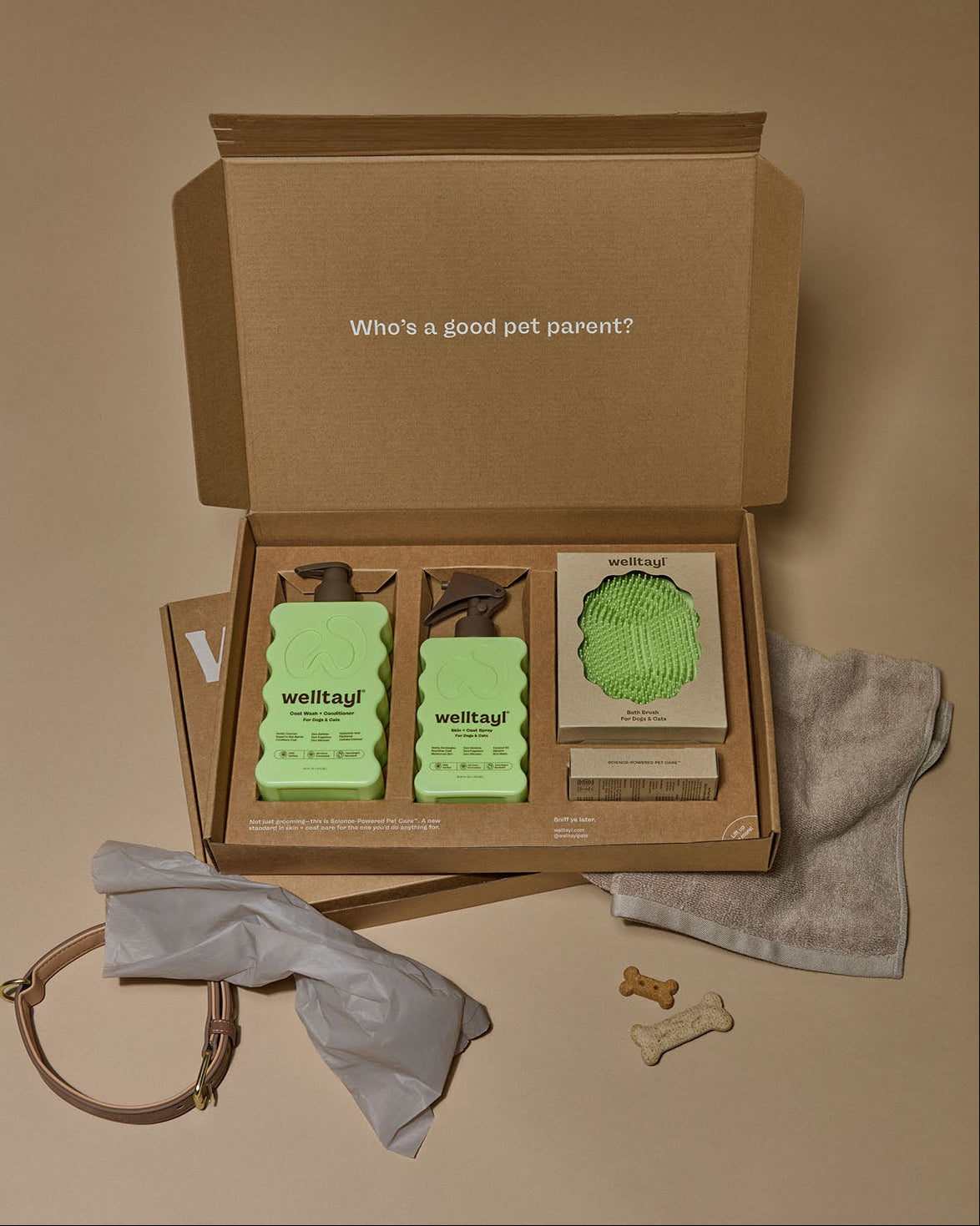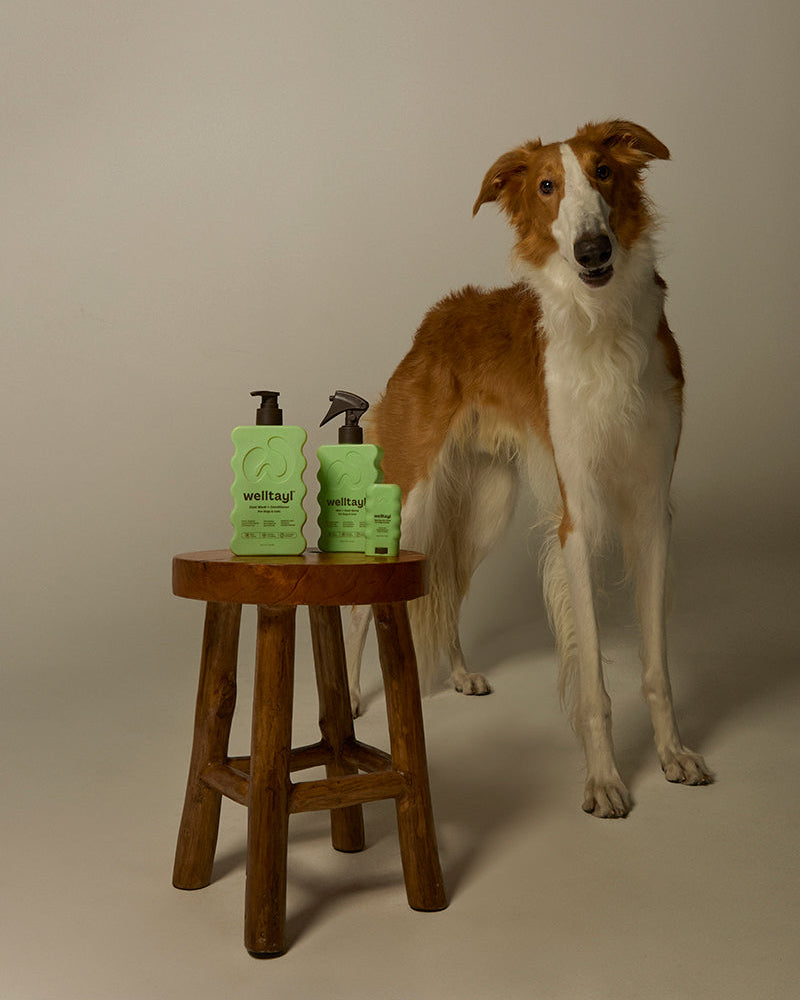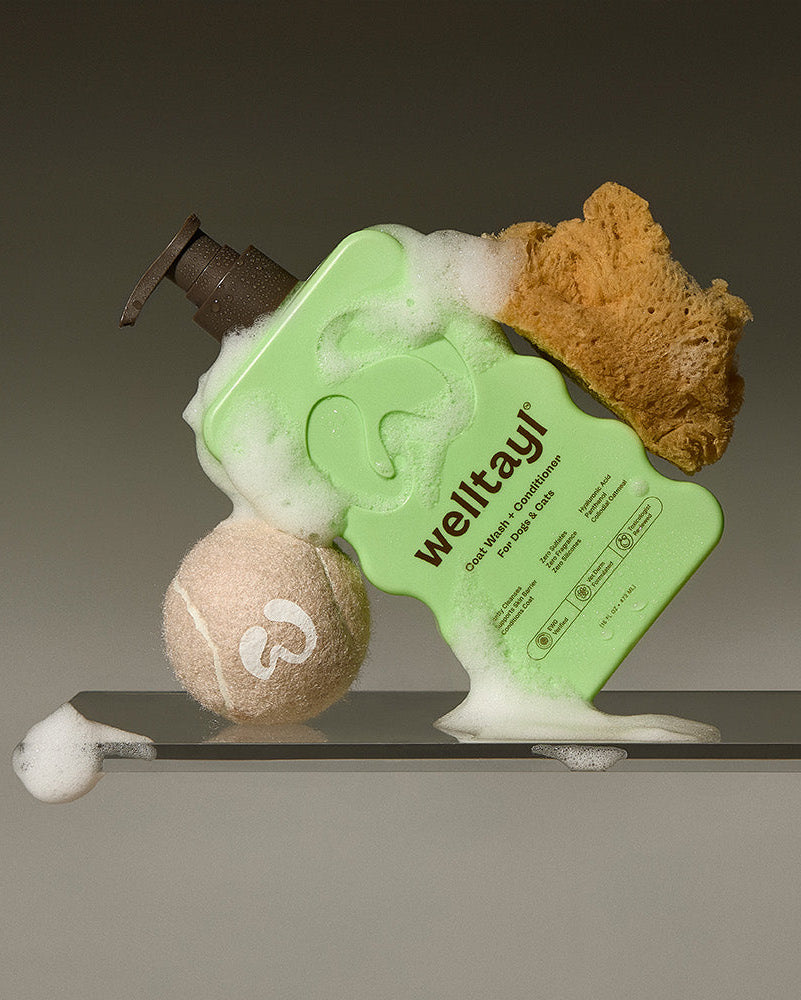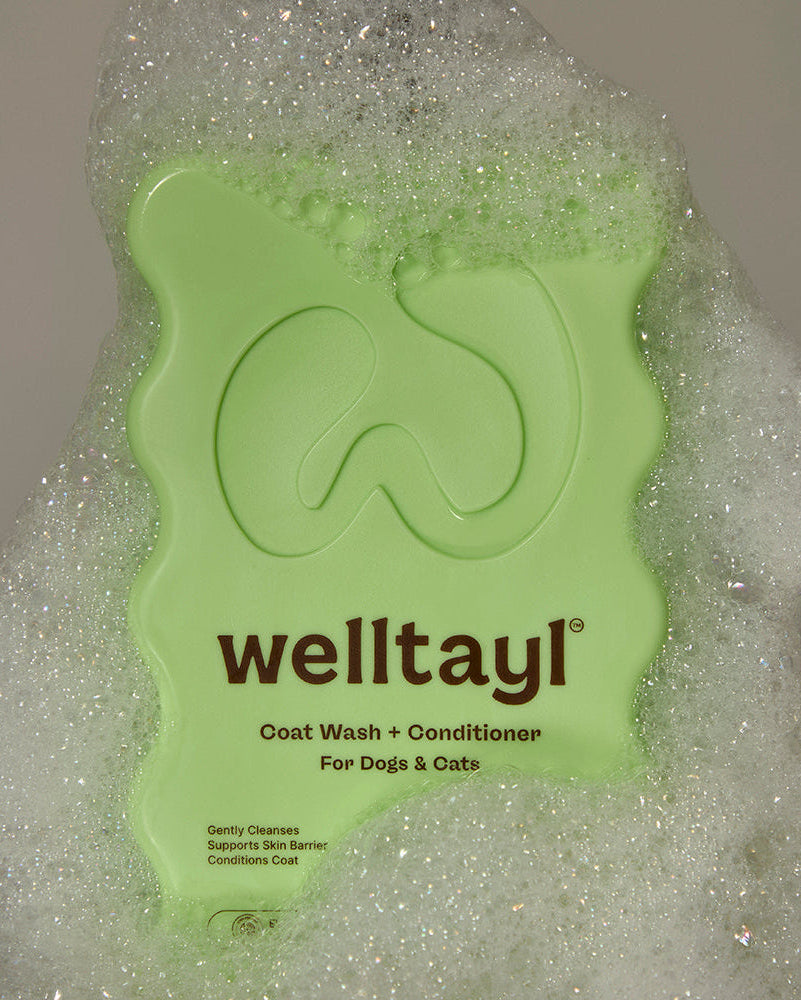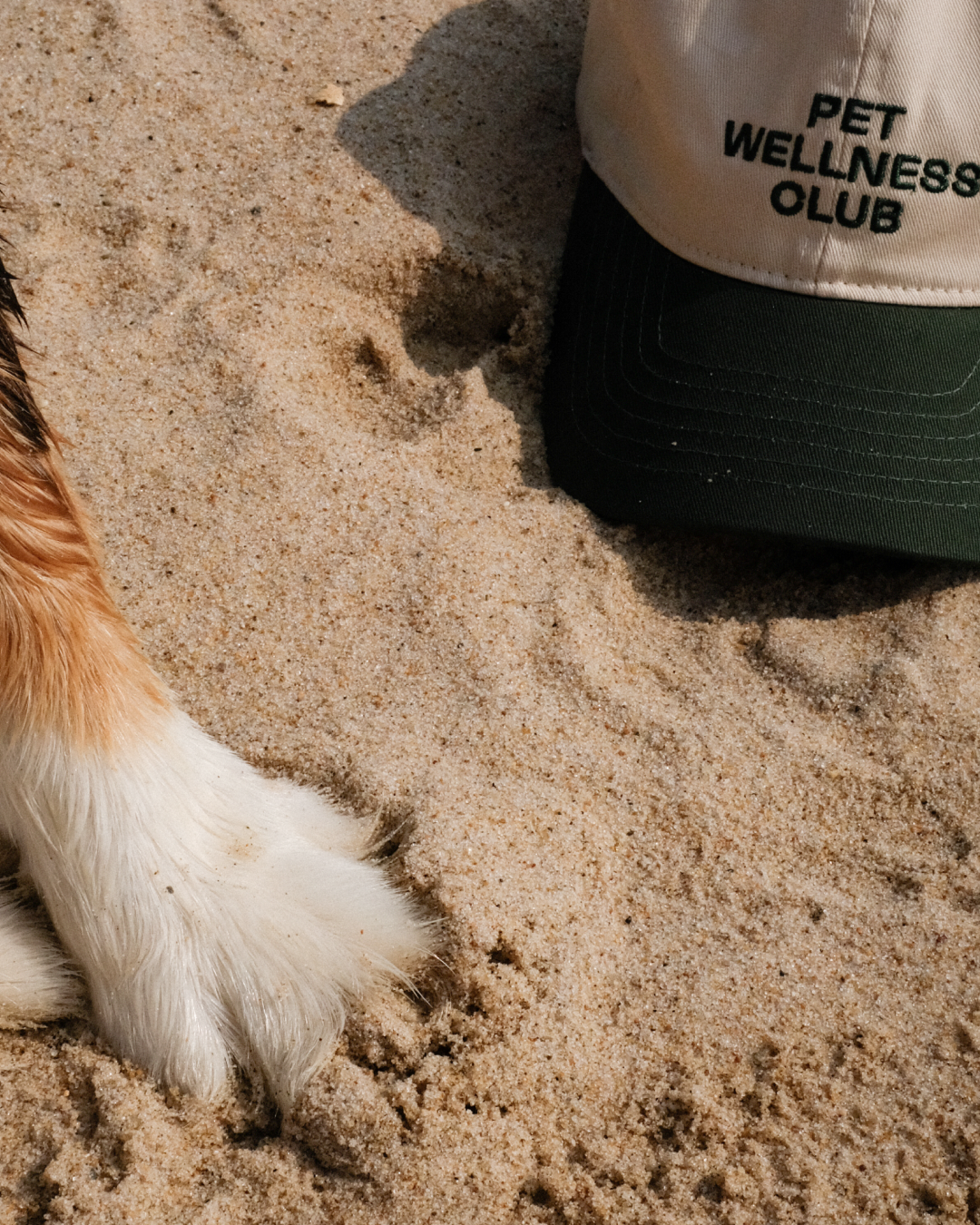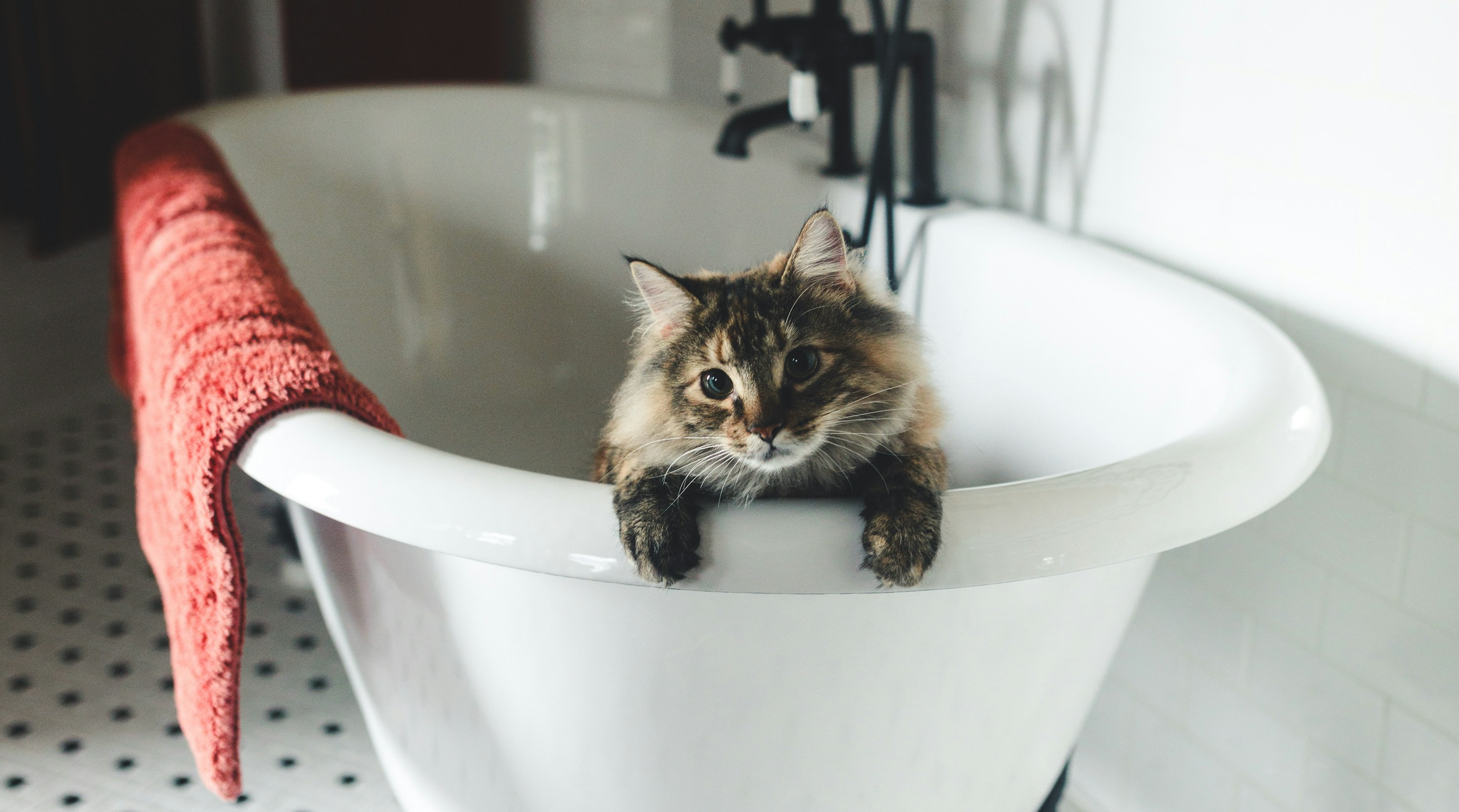Bathing your cat might not be the first thing on your to-do list, considering how most cats feel about water. It's common knowledge that cats typically aren't fans of bath time, but sometimes it's necessary. Whether it's because they've rolled in something unpleasant or their fur needs a little extra care, knowing how to bathe your cat properly can save you both stress and mess.
Let's dive into making bath time as smooth and stress-free as possible, ensuring your feline friend remains healthy, happy, and above all, clean.
Table of Contents:
- Key Takeaways
- Why Bathe Your Cat?
- Preparing To Bathe Your Cat
- Cat Bathing Guide
- After the Bath
- Conclusion
- Frequently Asked Questions
Key Takeaways
-
💚 Health Benefits: Regular bathing helps maintain your cat's hygiene, eliminating dirt, debris, and parasites that can accumulate and lead to health issues such as skin irritations and infections.
-
🛁 Necessity of Bathing: Not all cats require frequent bathing, but those with medical conditions, long fur, or messy outdoor excursions may need more regular baths.
-
🧴 Preparation Is Key: Gathering the right supplies, such as cat-specific shampoo and towels, and choosing a calm time will make the bathing process smoother and less stressful for both you and your cat.
-
🫧 Step-by-Step Guide for Bathing: Ensure a positive experience by offering positive reinforcement and lots of praise, using lukewarm water, and applying cat-friendly shampoo carefully.
-
🧖♀️ Post-Bath Care: After bathing, effective drying techniques, such as using microfiber towels and a pet-friendly blow-dryer can keep your cat comfortable and reduce stress. Consider brushing during drying. Additionally, always inspect their skin for irritation and ensure they are kept warm.
-
🐈 Maintaining Routine: Regular grooming and bathing keeps your cat clean, bolsters health and opens opportunities for bonding, helping enhance the well-being and happiness of your pet.
Why Bathe Your Cat?
Bathing your cat isn't just about keeping them looking good; it's crucial for their health and hygiene. Even though cats are excellent at grooming themselves, sometimes they need a little extra help to stay clean and healthy.
Health and Hygiene Benefits
Bathing your cat plays a vital role in their overall health. It helps eliminate dirt, debris, and parasites that can cling to their fur. Regular baths also help prevent skin irritation and infection by maintaining skin cleanliness. Moreover, while bathing your cat, you might spot health concerns like lumps, bumps, or sore spots that need veterinary attention. These checks can ensure your cat remains not only clean but also healthy.
When Is a Bath Necessary?
You'll find that bathing your cat becomes essential in a few circumstances:
-
Medical Conditions: Cats with skin allergies or conditions like bacterial or fungal skin infections benefit significantly from regular, medicated baths. These washes can soothe their skin and are often a part of their treatment.
-
Overcoming Messes: Cats that venture outside or those with long fur can get into sticky or dirty situations that their regular self-grooming can't handle. If your cat comes home covered in mud or a sticky substance, a bath will help clean areas they can't reach or clean effectively themselves.
Preparing To Bathe Your Cat
Bathing your cat plays a crucial role in maintaining their health and hygiene. It eliminates dirt, debris, and parasites, and it's essential for cats with certain medical conditions or those who get into messy situations.
Choosing the Right Time and Place
Selecting the right moment to bathe your cat significantly enhances the experience for both you and your cat. Pick a time when your cat appears calm and perhaps a bit sleepy—this generally occurs after a meal or following a vigorous play session. An ideal setting to bathe your cat is a small, enclosed area such as a bathroom or a laundry room. These spaces prevent escape and make it easier for you to control the situation, ensuring the bath goes smoothly with minimal stress.
What You Will Need
To ensure a successful cat bathing session, gather all necessary supplies beforehand. You'll need:
- Cat-specific Shampoo: Using shampoo formulated for cats helps avoid skin irritation.
- Towels: Have a couple of towels at hand—one to place inside the bathing area to prevent slipping and another to dry your cat.
- Brush: A good brushing removes loose fur and mats, making bathing easier and more effective.
- Nail Clippers: Trimming your cat's nails before the bath reduces the risk of scratching.

Cat Bathing Guide
Bathing your cat keeps them clean and promotes overall good health. Following a step-by-step guide can simplify the process, ensuring that your cat remains safe and stress-free during the hygiene routine.
Step-by-Step Guide
Preparation
-
Brushing: Begin by thoroughly brushing your cat to remove any knots or tangles. This step makes the bathing process smoother and less painful for your pet. Brushing also serves as a soothing activity that helps make your cat more comfortable with the upcoming hygiene routine.
-
Nail Trimming: It's a good idea to trim your cat's nails a few hours or even a day before bathing. This prevents scratches and makes bath time safer for both of you. Reward your cat with treats after trimming to associate this activity with positive experiences, aiding in future grooming sessions.
-
Acclimatization: Acclimate your cat to the bathroom by allowing them to explore the space several times before bathing. Let your cat play in the dry bathtub or sink to familiarize them with the environment where the bath will take place.
-
Filling the Tub: Fill the bathtub or sink with about three to four inches of lukewarm water before bringing your cat into the bathroom. They may be startled by the sound of running water. Cats prefer water that's not too hot or cold.
-
Using Cat-Friendly Shampoo: Use a shampoo formulated specifically for cats to avoid skin irritation. Start by applying a small amount of shampoo to your cat’s back and work your way towards the neck and tail, avoiding the face, eyes, and ears.
-
Rinsing Thoroughly: Carefully rinse all shampoo from your cat's fur using a spray hose or a jug of clean water. Ensure no soap residue remains as it can irritate the skin.
-
Drying: Wrap your cat gently in a large, soft towel and pat dry. Avoid rubbing vigorously, which can tangle their fur and cause distress. If your cat is not afraid of the sound, you might use a hairdryer on a low-heat setting to help accelerate the drying process, keeping the dryer at a safe distance from the fur.
Bathing your cat doesn't have to be a struggle. With the right preparation and gentle handling, it can turn into a bonding experience.
Stay Updated with More Tips!
For more pet care tips and tricks, consider signing up for the Welltayl newsletter. It's packed with helpful advice tailored for pet owners like you, ensuring your pets stay healthy and happy. Sign up today and keep up to date with the latest in pet care.

After the Bath
After carefully bathing your cat, it's essential to focus on effective drying techniques and post-bath care to ensure their comfort and health.
Drying Techniques
Drying your cat efficiently after bathing is critical to maintain their well-being. Here are some effective methods to consider:
-
Use Microfiber Towels: Microfiber towels excel in absorbing water quickly. They remove excess water without much hassle, making the drying faster and more comfortable for your cat.
-
Allow Air Drying: If your cat has short hair, air drying is a practical choice. Keep them in a warm, but not hot, room.
-
Utilize Heated Blankets: For cats, particularly those that are thin or tend to feel cold, offering them in a heated blanket after they are mostly dry can provide warmth and comfort.
-
Brush While Drying: Brushing your cat as they dry can expedite the process. This method helps remove any leftover water lingering in their fur.
Post-Bath Care
Post-bath care is equally important to ensure your cat remains healthy and happy after their bath:
-
Inspect the Skin and Coat: Check for any signs of irritation or leftover shampoo residue. This helps prevent any skin problems that might occur.
-
Keep Them Warm: Until your cat is completely dry, ensure they stay warm and away from drafts. This is crucial, especially for kittens or older cats who might catch a chill easily.
-
Reward With a Treat: Reinforce a positive experience by rewarding your cat with their favorite treat. This can help associate bath time with a pleasant outcome.
Conclusion
Bathing your cat plays a crucial role in maintaining their health and ensuring they are comfortable. By following the outlined steps and tips, you're well-equipped to handle the task with ease. Remember the importance of post-bath care to keep your cat healthy and happy. With practice and patience, bath time can become a bonding experience that both you and your cat will grow to appreciate. Don't forget to reward your pet for their cooperation and bravery throughout the process!
Frequently Asked Questions
How often should you bathe your cat?
Bathing your cat too frequently can strip essential oils from their skin, potentially causing irritation. It is usually recommended to bathe cats only when necessary, such as when they are dirty or have gotten into something sticky, and not more than once every 4–6 weeks.
What supplies do you need to bathe a cat?
To bathe a cat effectively, you will need cat-specific shampoo, a gentle brush, a couple of towels, a non-slip mat for the sink or tub, and a cup or gentle spray nozzle for rinsing. Additionally, having treats on hand to soothe your cat can make the process smoother.
How do you prepare a cat for a bath?
Preparing a cat for a bath involves several steps:
- Gently brush your cat to remove any knots or loose hair.
- Trim their nails to prevent scratching.
- Slowly acclimate your cat to the environment of the bathroom by bringing them in for short visits before bath time.
What is the best way to dry a cat after a bath?
The best way to dry a cat after bathing is by using a combination of techniques:
- Use a highly absorbent microfiber towel to remove excess moisture.
- Allow short-haired cats to air dry in a warm room, or use a towel for longer-haired cats.
- If your cat tolerates it, a hair dryer on a cool setting can expedite the drying process.
- Continue to brush your cat as they dry to prevent matting.
Resources:
- “Cat bathing," PubMed
- "Cat dander and allergies," PubMed
- "Medicated shampoos," Synergy Labs
Read more

Discover the best moisturizers for dogs with dry skin using natural ingredients. Learn tips to keep your dog's skin healthy and happy. Read more!

Learn how to treat dog paw injuries with first aid, cleaning tips, and bandaging. See prevention strategies and know when to visit a vet. Read more here!

